Buffer hit a new milestone recently, but it wasn’t a metric like annual recurring revenue, total users or cash in the bank.
In fact, this one is more of a philosophical milestone: We closed down our office.
Now, since our startup operates with a fully distributed team, it might seem a bit odd that we ever had an office to begin with.
But for a variety of reasons, many distributed startups still have a physical office: Automattic, GitHub and Basecamp are a few examples.
Here’s how we came to have an office, and why we decided to close it.
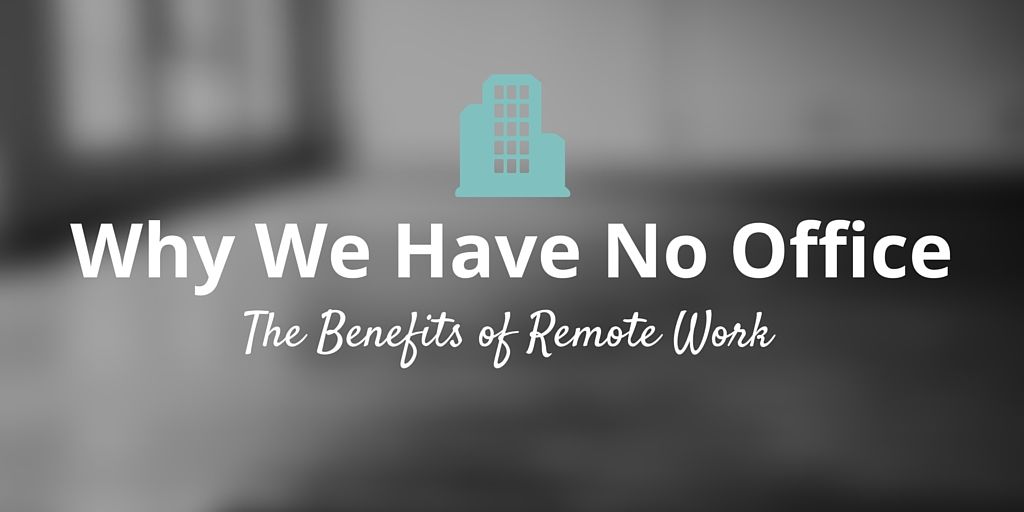
Committing to an office
Buffer avoided having a home office, or even a base city, for quite a while.
But in the social media space, proximity to other startups and the big social networks—most of which are based in San Francisco or Silicon Valley—can be important. For us, it has been a huge advantage in order to secure partnerships and integrations.
By early 2013, Buffer was a team of 9, with 4 teammates in San Francisco, some of whom preferred working in an office. We spent about 6 months sharing an office with the Storify team as our own team grew a little, too.
In July 2013 we moved into an office of our own, in the SoMa area of San Francisco, for two main reasons:
- The team wanted to more fully embrace the Buffer culture by having an office we could call our own.
- We were beginning to plan our periodic retreats with the whole team in the same place and needed a big enough space to bring everyone together for the first 10-day retreat in San Francisco.

Remote work, physical office
Early on in Buffer’s journey, Joel got some great advice from David Cancel.
David’s key insight was to commit to either the whole team in the same office or the whole team fully distributed. Both scenarios can work well, he said; but mixing the two likely wouldn’t feel too great.
Jason Zimdars from Basecamp summed up perfectly how we think this might work well in practice:
“There are no advantages for people who come into the office, no disadvantages to staying home to get your work done.”
This principle is one we strive to keep consistently in mind. Buffer worked hard to hire new remote teammates to balance out the local team in San Francisco, and to maintain a fully remote mindset—even for teammates in the same place.
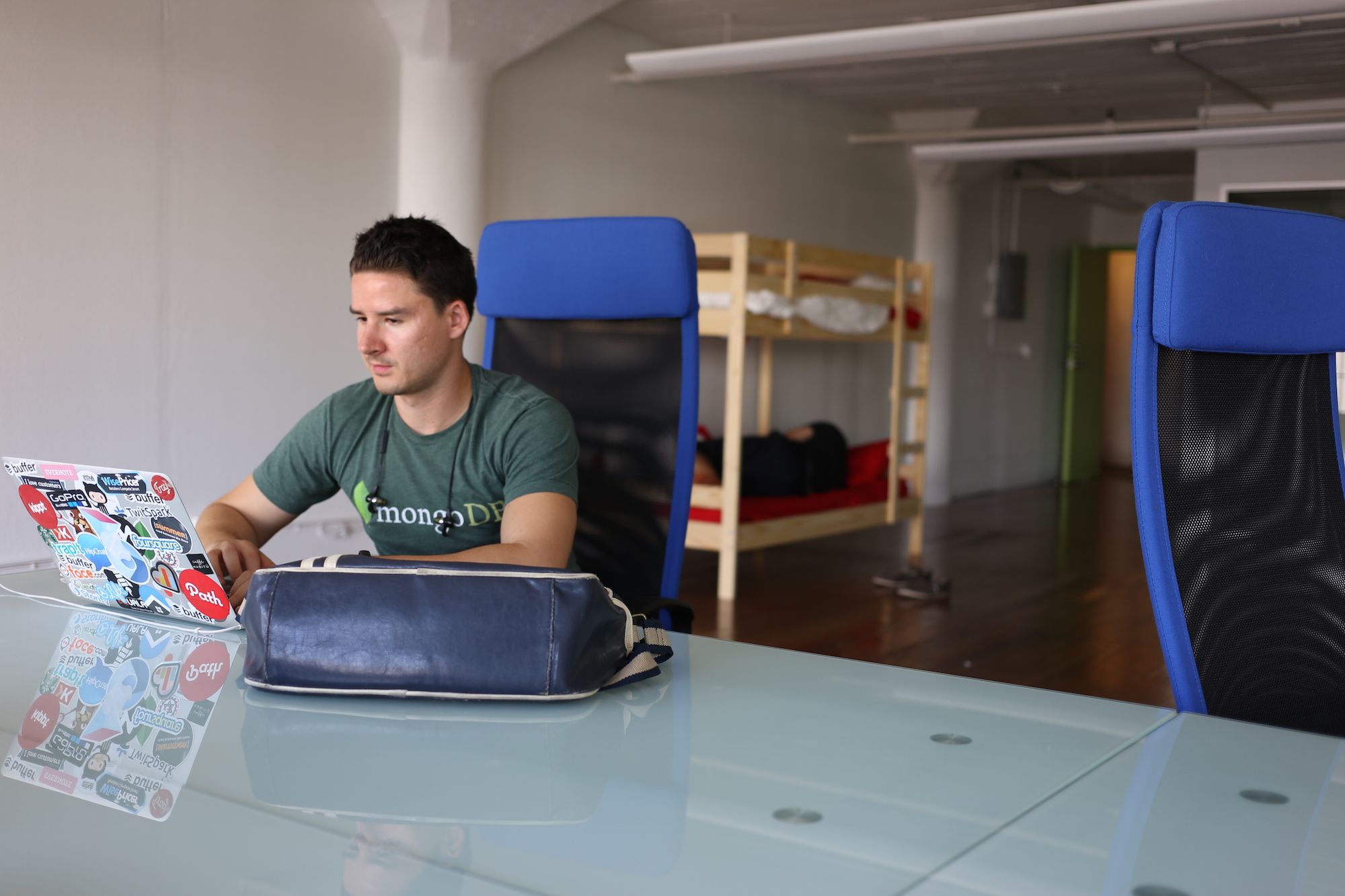
Here’s how Joel describes making that shift:
“With an office, if team members are in San Francisco it can be easy to delay meetings until all team members are in the office. The conclusion we came to is that we should always do the thing we can do immediately. If we need to quickly have a meeting and we’re not in the same place, we should jump onto a Hangout, even if we are in the same city. In a similar fashion, we try our best to have a real bias towards chatting on HipChat and sending each other emails even if we sit across from each other in the same office.”
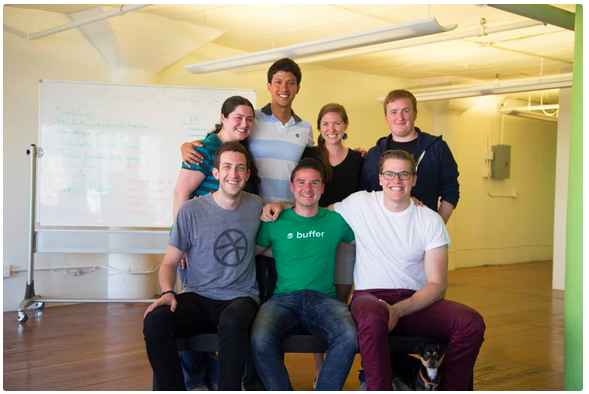
As a remote teammate who never even visited the San Francisco office in person, I can attest to the fact that there was no disadvantage to being elsewhere—except that it seemed like it would have been a lot of fun to hang out in person.
Face-to-face time is one of the major reasons we spend a lot of time, effort and money on meeting up periodically, and teammates in the same city have the fun advantage of being able to have pair calls and mastermind chats in person, not to mention going out for lunch, dinner or drinks together.
In fact, research has shown that face-to-face encounters build more empathy between people, through sensations like touch (say, in a handshake) and mirror emotions.
Tallying up the cost
San Francisco is a fun city, a tech hub, and a place that saw a lot of natural “teammate drift”—with the ability to work anywhere that makes them happy, many teammates chose San Francisco as that place. At one point, nearly half of the team lived there.
So it felt worthwhile to maintain a physical office there, even as we began to add more team members around the world. Eventually, though, only about 2-3 people were working from the office at any given time.
Not long after we tallied up every penny of what your money is used for when you purchase a Buffer subscription, we noticed that office space was a not-insignificant element of our overall expenditures each month—more than we paid for health insurance, or advertising and marketing.
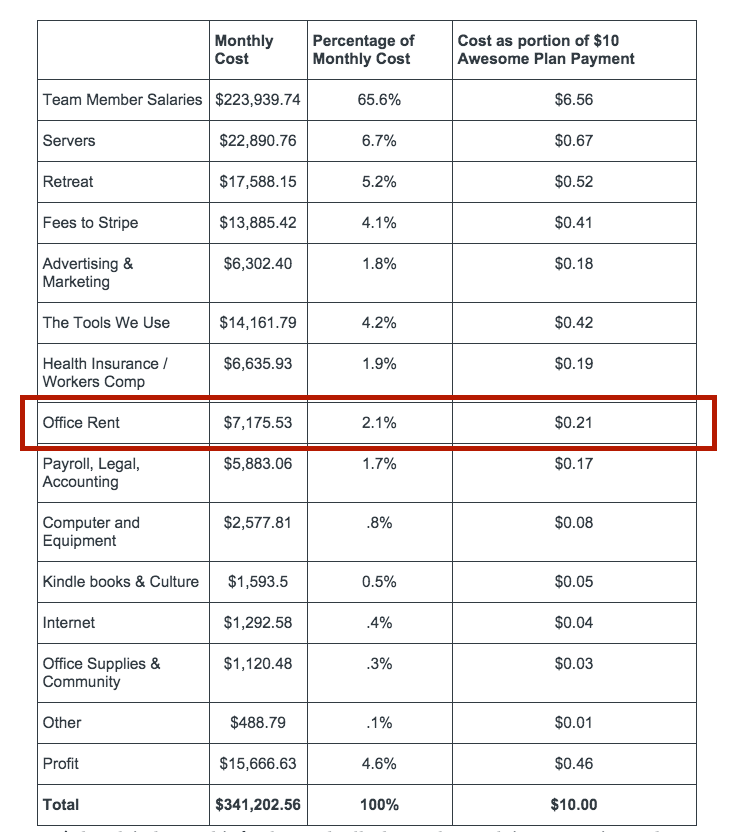
Meanwhile, team migration had shifted yet again as we grew and some of our digital nomads got back on the road after a stint in San Francisco.
These days, we seem to have critical mass in both London and New York, but fewer team members in San Francisco—and only 1-2 people working in the office on a regular basis.
When we opened a discussion on whether keeping an office was the right thing to do (working through items like taxes, visas and more), we decided not to renew our lease.
Now: Completely remote!
How do we work now? Pretty much the same way we did before: All around the world, from homes, coffee shops and coworking spaces.
Those in San Francisco who worked in the office now have moved into coworking spaces, which Buffer pays for as part of our team perks.
We’ve also opened up some discussion about paying for a monthly coffee shop allowance for teammates who prefer that environment to a true coworking space. We’d love to hear your thoughts about that!
We stay united by our bevy of communication tools, to which we can add Traveling Mailbox, which is our new (and only!) address.
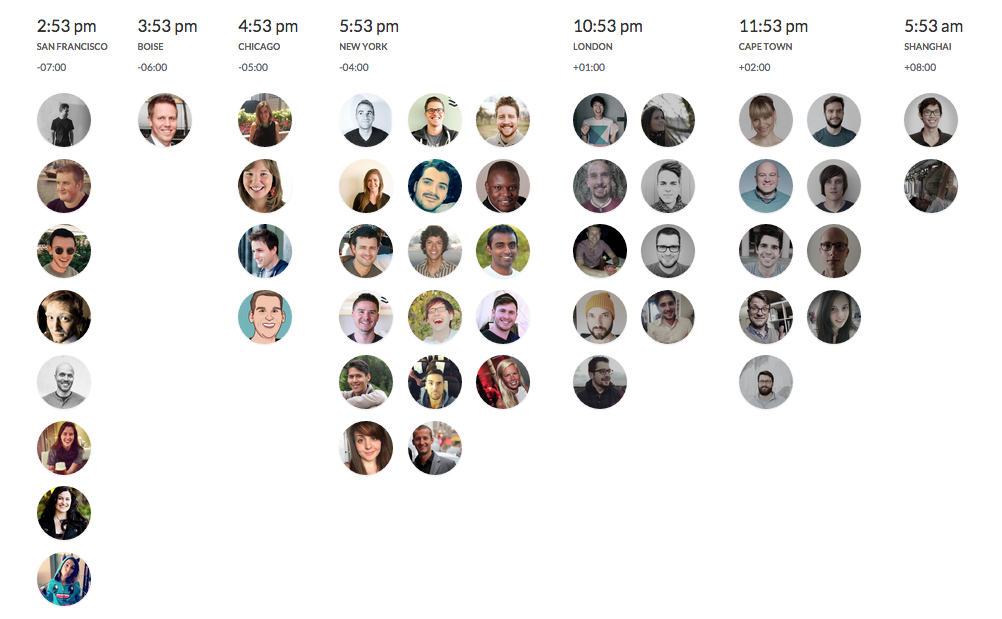
Remote work still feels like the right solution for us, for reasons including freedom, time zone coverage, productivity and lots more. Now we can say we’re 100% remote!
By the way, Andy was the last one to turn off the lights in our office (and do a million other needed things—thanks, Andy!). Here’s a video he made of the last day:
Have you experienced both remote work and in-office work? Which environment do you prefer, and why? Do you think we should have kept our office or closed it? We’d love to hear from you in the comments!
Try Buffer for free
190,000+ creators, small businesses, and marketers use Buffer to grow their audiences every month.



